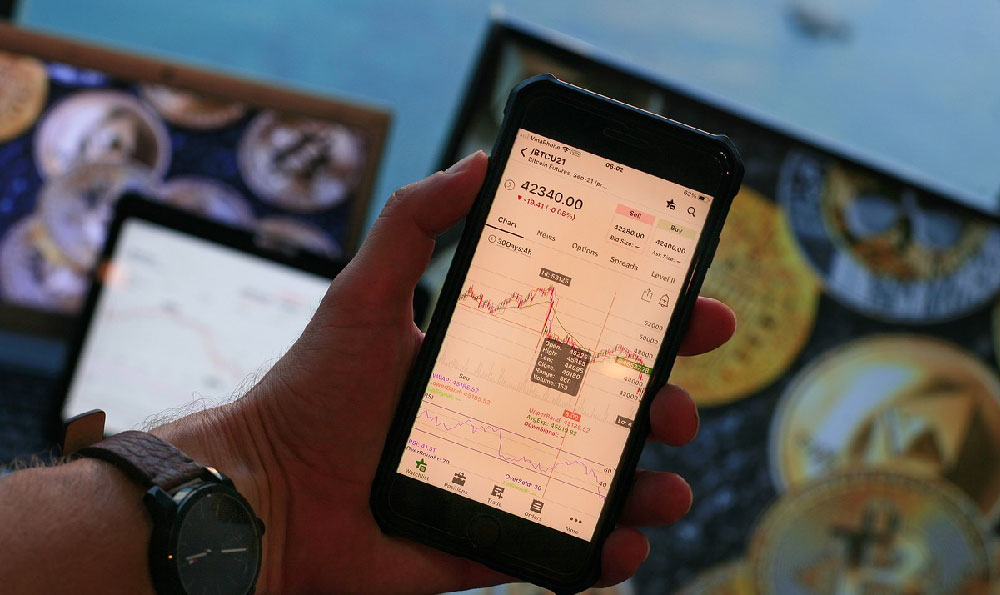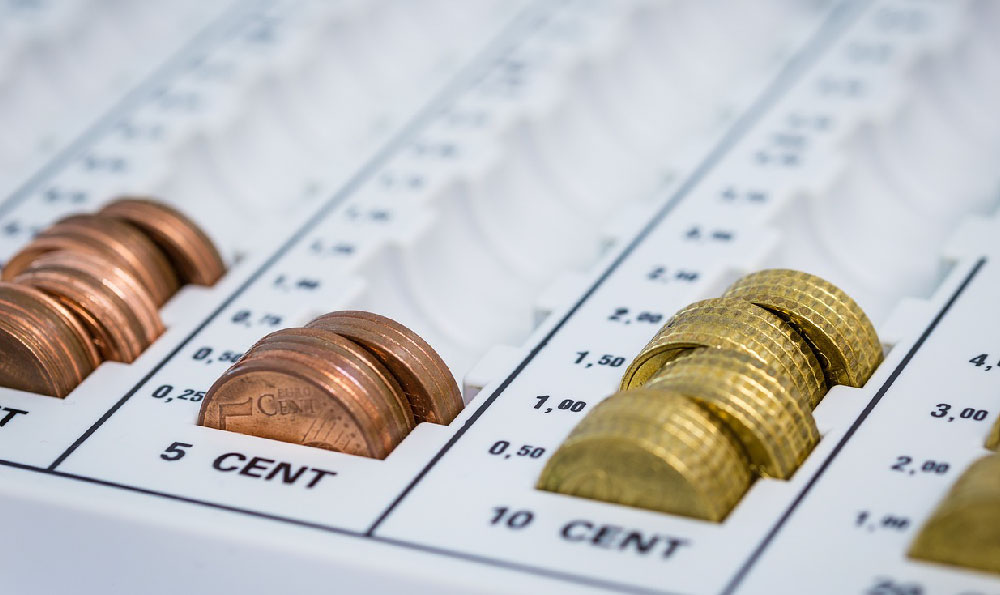How Much Can You Really Make Driving for Uber: Is It Worth It?

The allure of setting your own hours and being your own boss is a strong motivator for many considering driving for Uber. The promise of supplemental income, or even a full-time living, from simply using your own car is an attractive proposition. However, the reality of driving for Uber often paints a more complex picture than the enticing advertisements might suggest. Determining whether driving for Uber is "worth it" requires a thorough examination of potential earnings, associated expenses, and the value you place on the flexibility it offers.
At first glance, Uber's advertised hourly rates can seem appealing. These figures are often presented in gross earnings, which represent the total amount you collect before any deductions. It's crucial to understand that gross earnings are not your take-home pay. Several significant expenses must be factored in to arrive at a more accurate net profit.
One of the largest and often overlooked expenses is vehicle depreciation. Every mile you drive for Uber contributes to the wear and tear on your car, ultimately reducing its value. The rate of depreciation depends on factors such as the make and model of your vehicle, its age, and how well you maintain it. High mileage can significantly decrease a car's resale value, and frequent stop-and-go driving in urban areas can accelerate wear and tear on brakes, tires, and suspension.

Fuel costs are another major consideration. The amount you spend on gas will depend on the fuel efficiency of your car, the distances you drive, and the price of gasoline in your area. Fluctuations in gas prices can have a significant impact on your earnings, especially if you're driving long distances or working during peak hours when demand, and therefore surge pricing, is lower.
Maintenance expenses are also a recurring cost. Regular oil changes, tire rotations, brake repairs, and other routine maintenance tasks are essential to keep your car running smoothly and safely. Unexpected repairs can also arise, and these can quickly eat into your earnings. It's wise to set aside a portion of your earnings each week to cover these expenses.
Insurance is another area that requires careful consideration. Your personal auto insurance policy may not cover you while you're driving for Uber. You may need to purchase supplemental rideshare insurance to protect yourself in the event of an accident. Uber provides some insurance coverage while you're logged into the app and available for rides, but the coverage limits may not be sufficient to cover all potential damages or liabilities.
In addition to these direct costs, there are other expenses that can impact your profitability. These include car washes, phone data charges, tolls, and even snacks and drinks you might purchase while on the road. These seemingly small expenses can add up over time and reduce your overall earnings.
Beyond the financial considerations, it's important to assess the non-monetary aspects of driving for Uber. One of the biggest draws is the flexibility it offers. You can set your own hours and work when it's convenient for you. This can be a major advantage for those who need to work around other commitments, such as school, family responsibilities, or other part-time jobs.
However, this flexibility comes at a cost. Driving for Uber can be unpredictable, and you may not always be able to find passengers when you want to work. Earnings can fluctuate depending on demand, traffic conditions, and the number of other drivers on the road. You may also need to work during peak hours, which often involve late nights and early mornings, to maximize your earnings.
Furthermore, driving for Uber can be physically and mentally demanding. Spending long hours behind the wheel can be tiring and stressful. Dealing with difficult passengers, navigating unfamiliar areas, and managing traffic congestion can all contribute to burnout. It's important to take breaks, stay hydrated, and prioritize your safety and well-being.
To accurately assess whether driving for Uber is worth it, it's essential to track your earnings and expenses meticulously. Use a spreadsheet or a dedicated app to record your mileage, fuel costs, maintenance expenses, and other related costs. This will give you a clear picture of your net profit and help you make informed decisions about when and how often to drive.
Compare your net profit to your alternative earning opportunities. Could you earn more by working a traditional part-time job or pursuing other freelance opportunities? Consider the value you place on the flexibility of driving for Uber and weigh it against the potential earnings and associated costs.
Finally, it's important to understand that the earnings potential of driving for Uber can vary significantly depending on your location. Drivers in large metropolitan areas with high demand and surge pricing may earn more than drivers in smaller cities or rural areas. Research the earning potential in your area before committing to driving for Uber.
In conclusion, determining whether driving for Uber is "worth it" is a highly personal decision that depends on your individual circumstances, financial goals, and priorities. While the flexibility and potential for supplemental income can be appealing, it's crucial to carefully consider the associated expenses and non-monetary costs. By tracking your earnings and expenses, comparing your options, and understanding the dynamics of the Uber market in your area, you can make an informed decision that aligns with your financial and lifestyle goals. The rosy picture painted in advertisements often ignores the harsh realities of vehicle depreciation, fluctuating incomes, and demanding work schedules. Only through careful evaluation can you decide if the gig economy path of rideshare driving leads to financial success or just another costly detour.















